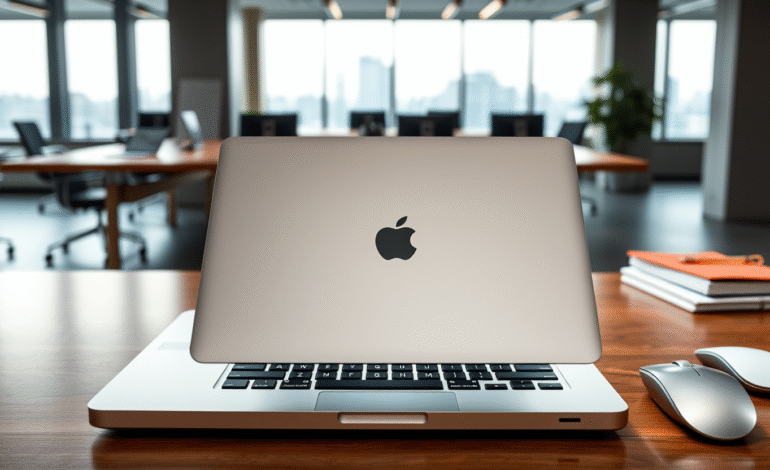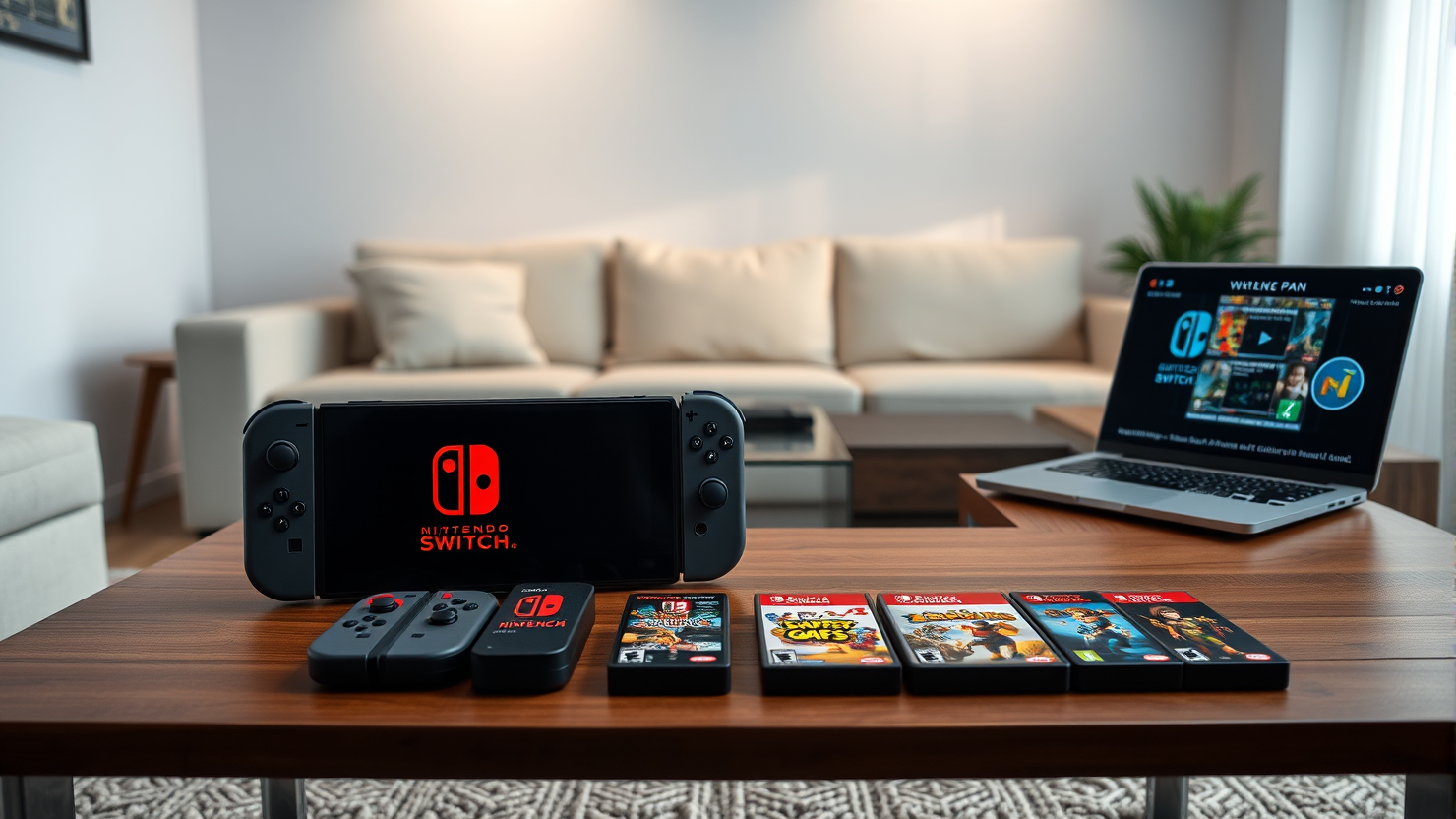Rumors Swirl Around Apple’s Planned Budget MacBook with A18 Pro Chip

The relentless churn of Apple rumors rarely falters, driven by internal leaks, analyst speculation, and the passionate expectations of a vast following of dedicated fans. Typically, I choose to ignore these whispers, as they are often unfounded. However, recent murmurs about a new budget MacBook have piqued my interest, with talk of an economy-minded iteration powered by Apple’s A18 Pro chip – the same silicon used in the iPhone 16 Pro released late last year.
The origins of these rumors stem from three primary sources: Ming-Chi Kuo, a well-respected analyst known for his insights; DigiTimes Asia, citing supply chain sources connected to the manufacturing and assembly of products; and an Apple Intelligence update that revealed an unseen MacBook name in its backend code.
These rumblings suggest that these whispers are not merely wishful thinking from cash-strapped MacBook shoppers but rather actual inside information.
Given Apple’s current-generation 13-inch M4 MacBook Air, which starts at $999, is already a mid-range offering, it makes strategic sense for the company to venture into less expensive systems. As competition in the premium laptop market intensifies, broadening their reach could attract more users to the Mac ecosystem and provide Apple with opportunities to sell additional devices like iPhones, iPads, and Apple Watches – not to mention, future high-performance MacBooks.
Apple has previously dabbled in budget versions of premium products, such as the iPhone SE, standard iPad, and Apple Watch SE. This approach allows them to expand the appeal of their brand without requiring extensive development or manufacturing resources.
If these rumors hold any merit, let’s delve into what we might expect from this budget MacBook.
At its core is the Apple A18 Pro chip, identical to the processor used in the iPhone 16 Pro. This would represent a departure for the Mac line, which has exclusively employed Apple Silicon-based M-series chips to date. While the A18 Pro may be less powerful than the latest M-series processor – the M4 – and lack support for all of Apple’s desktop features in macOS, it is by no means insignificant. Powering a top-tier smartphone’s functions isn’t too far removed from handling similar tasks on a laptop, and the A18 Pro has single-core speeds comparable to those of the M3 chip, according to benchmark testing in Geekbench. Multi-core performance is believed to align with the older Apple M1 processor, while its graphics processing would suffice for basic productivity, web browsing, and media consumption.
It’s worth noting that Apple has continued selling the M1-powered MacBook Air despite its near five-year vintage. Many customers have found it a capable option, especially now that the entry-level M1 MacBook Air is more affordable.
What features might we find in this budget MacBook? Here’s what’s being speculated:
– 8GB of unified memory as a starting point
– 256GB of onboard SSD storage in the base model
– A 12.9-inch display, similar in size to the iPad Pro
– A standard LED-backlit display (not OLED or mini-LED), likely without Apple’s ProMotion technology
– Possible integration of the notch design found on both the iPhone and MacBook, or omission of the camera entirely to reduce costs
– USB-C connections for all purposes, including charging (no Thunderbolt 4 or MagSafe power)
– Potential color options like silver, blue, pink, and yellow, popular choices among casual buyers and students
If early supply chain reports pan out, mass production of the affordable MacBook Air is slated to begin in Q3 of 2025, with a likely launch in late 2025 or early 2026. Apple may choose to announce it during a Mac-focused event, tie its release to the unveiling of the next range of iPads, or introduce it as a standalone product.
The price point for this rumored MacBook is crucial for consumers – expected to fall between $599 and $699. Positioned primarily at students, casual users, and entry-level shoppers who might otherwise eschew Apple products due to their premium prices, it would compete with affordable Windows laptops and Chromebooks, allowing Apple to challenge competitors gaining traction in this price segment.
In an ideal world for a $599 MacBook, I’d want the capabilities of the existing 13-inch and 15-inch models, albeit with a smaller display and a plastic chassis. Realistically, a MacBook powered by the Apple A18 Pro chip should still offer ample processing power, thanks to its system on a chip (SoC), which provides a balance of high-performance and low-power cores for both single-core and multi-core tasks.
The hex-core Apple Bionic GPU could prove surprisingly capable for a budget system, even handling some gaming. With an array of games in Apple Arcade designed for this hardware, Apple might capitalize on this aspect of the cheap MacBook to appeal to students and younger users. The A18 Pro also boasts the Neural Engine AI coprocessor and machine learning capabilities, ensuring robust performance in Apple Intelligence.
In this budget MacBook, I envision macOS support as a given, but improvements to the ecosystem would be welcome. With numerous devices and device-specific software, current Apple products occasionally run into quirks, such as the need for an iPhone to activate an Apple Watch or various functions tied to the iPhone app. Integrating iPhone hardware in a laptop form factor could pave the way for better support across all Apple devices and software.
And if we’re indulging in wishful thinking, let’s make this budget MacBook more like an iPad – with touch screen functionality from iOS and iPadOS, as well as greater potential for app compatibility across the Mac family. Merging different operating systems has long been rumored, and this could mark a significant step in that direction.
As it stands, the lack of touch support on Mac laptops remains an odd omission from a company that pioneered the touch-screen interface with the iPhone and popularized it with the iPad. With similar hardware inside and a comparable screen size on the laptop, the newest rumored MacBook could just as easily resemble a repackaged clamshell iPad as a less powerful laptop.
Apple consistently strives for bold, innovative choices. Here’s hoping that this entry-level MacBook becomes a reality and marks a step forward in uniting macOS with the broader Apple ecosystem.






